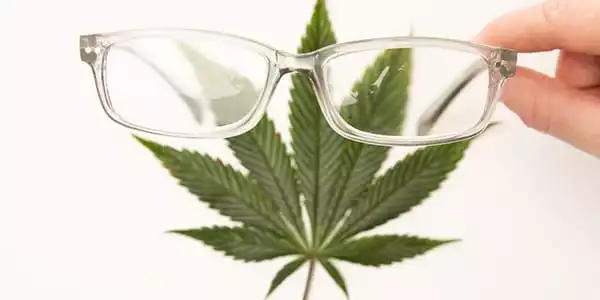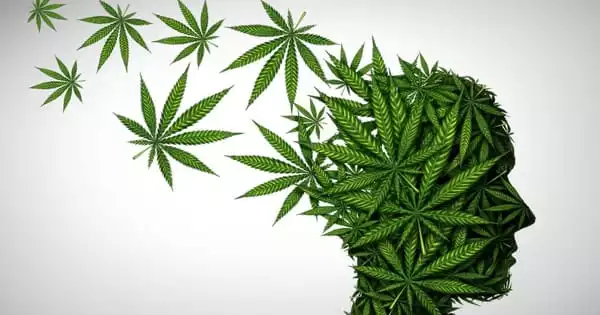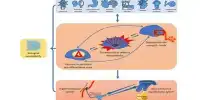Experts agree that smoking marijuana can harm one’s lungs. The detrimental effect of chronic, frequent marijuana use on the brain is also well established. While more research is needed to determine the potential beneficial and/or harmful effects of marijuana on vision, we do know that the drug has a few key effects on the eyes.
According to a new study conducted by scientists at the University of Granada, smoking marijuana can seriously impair your vision. One of the most noticeable side effects is red eyes, which appear shortly after smoking the drug. THC (tetrahydrocannabinol) in marijuana reduces blood pressure, dilates blood vessels, and increases blood flow throughout the body. This causes the blood vessels in the eyes to dilate, resulting in redness or bloodshot vision.
Weed’s potential negative impact on peripheral vision, changing eye pressure, and visual processing is still being investigated by researchers. Marijuana use may have serious consequences in these areas.
It turns out that smoking weed can utterly mess with your vision, according to a new study by University of Granada scientists. This causes the blood vessels in the eyes to expand, causing redness or bloodshot eyes.
That may not come as a surprise to the average drug user, but it may come as a surprise to many who believe they are still operating at full capacity. While smoking reduced volunteers’ visual acuity, depth perception, and ability to focus, a surprising number of volunteers claimed that they could see perfectly well, according to the study, which was published earlier this year in the journal Scientific Reports.
The fact that only 65 percent of study participants admitted that their vision worsened even slightly when they were high, and another 30 percent claimed that their vision wasn’t impaired at all — regardless of whether they were lying or actually believed it — is particularly concerning. That unwarranted confidence could endanger themselves or others — for example, imagine someone who insists they’re in perfect shape getting behind the wheel of a car.

The experiment had some flaws, such as the fact that it only studied 31 volunteers while they were both sober and high, so scientists will need to conduct a much larger version of the experiment to validate the findings.
Nonetheless, this first-of-its-kind scientific examination of how marijuana impairs vision raises an important issue that requires further investigation in order to keep people safe as drug use becomes more common and more US states legalize and decriminalize the drug.
Some people are concerned about the weed’s potential benefits for glaucoma patients. Glaucoma is an optic nerve disease that causes increased eye pressure in patients. While weed does reduce eye pressure, it only does so for a short period of time. Weed is not currently recommended as a treatment for the disease because it impairs people’s ability to concentrate, make decisions, drive, operate heavy machinery, and so on.
People smoke marijuana in hand-rolled cigarettes (joints), pipes, or water pipes (bongs). They also smoke it in blunts, which are empty cigars that have been partially or entirely refilled with marijuana. Some people use vaporizers to avoid inhaling smoke. These devices extract active ingredients (including THC) from marijuana and collect the vapor in a storage unit. The vapor, not the smoke, is then inhaled. A liquid weed extract is used in some vaporizers.
When a person smokes marijuana, THC quickly enters the bloodstream from the lungs. The chemical is carried by the blood to the brain and other organs throughout the body. When a person eats or drinks THC, the body absorbs it more slowly. In that case, the effects are usually felt within 30 minutes to an hour. THC acts on brain cell receptors that normally respond to natural THC-like chemicals. These natural chemicals contribute to normal brain development and function.















